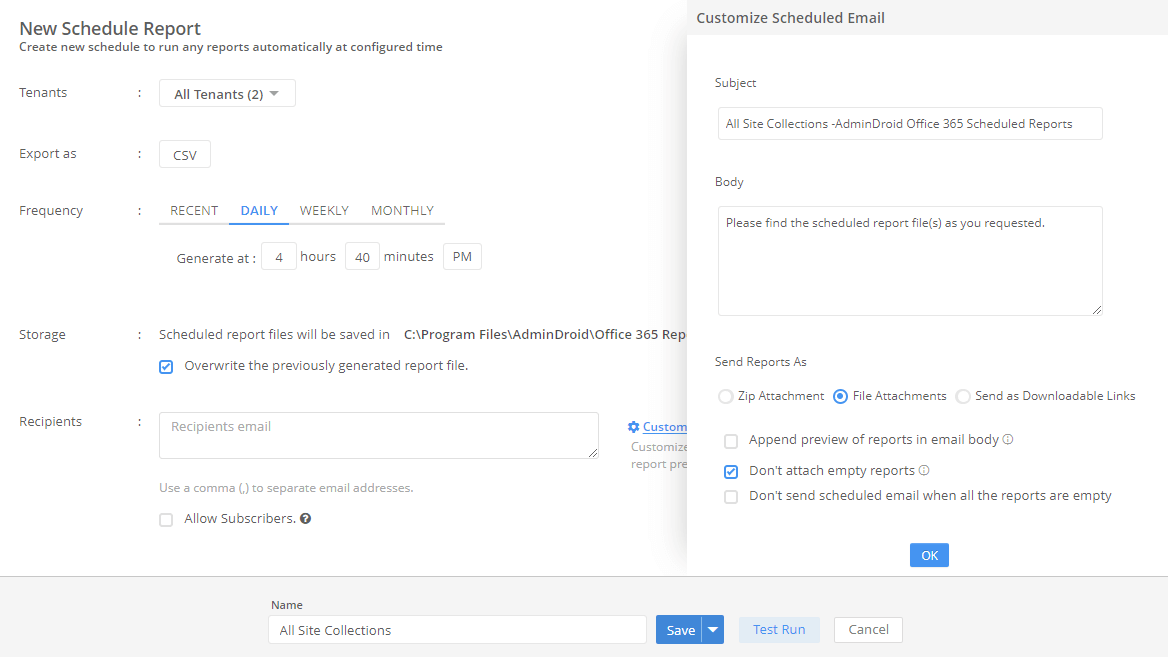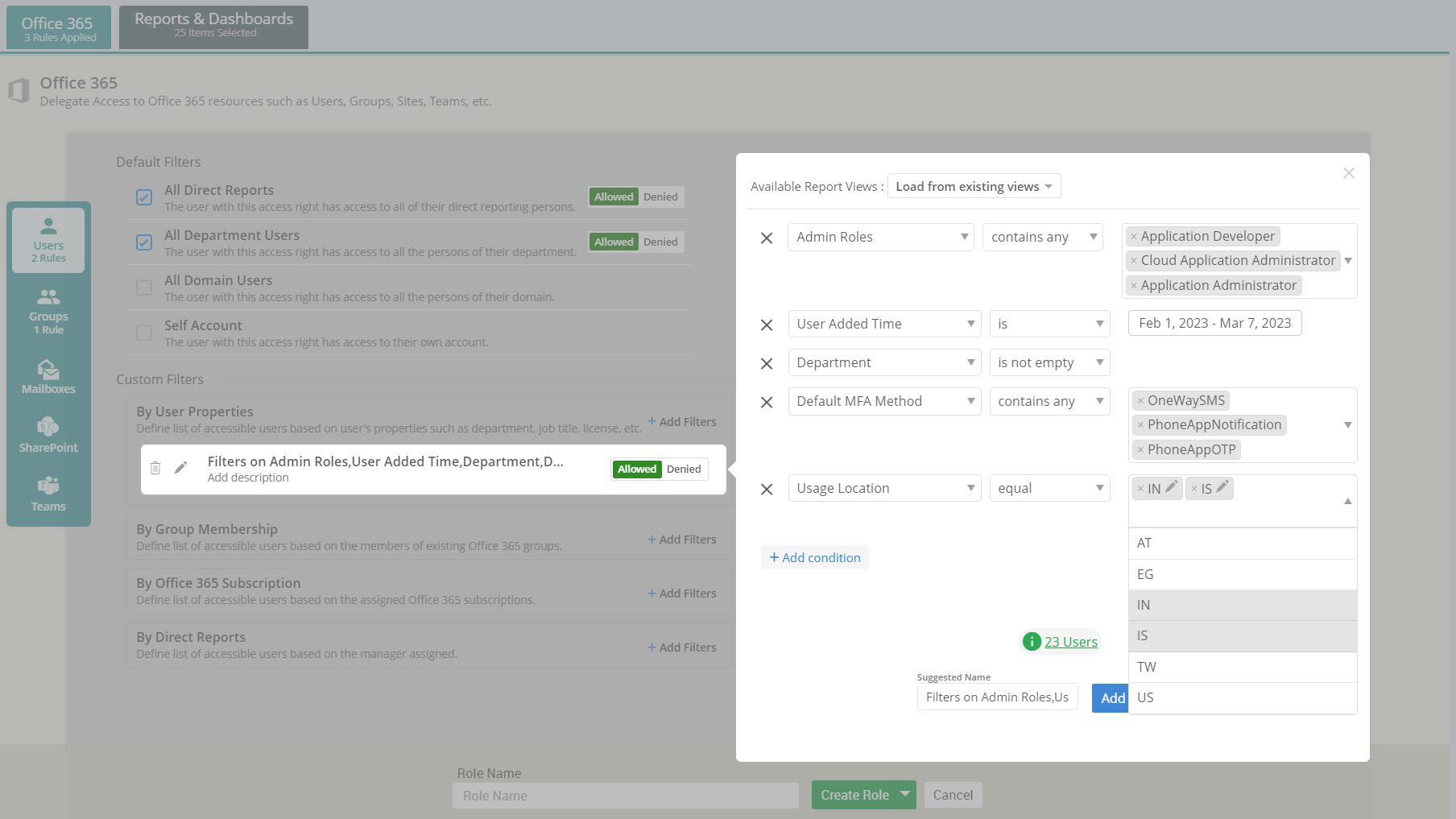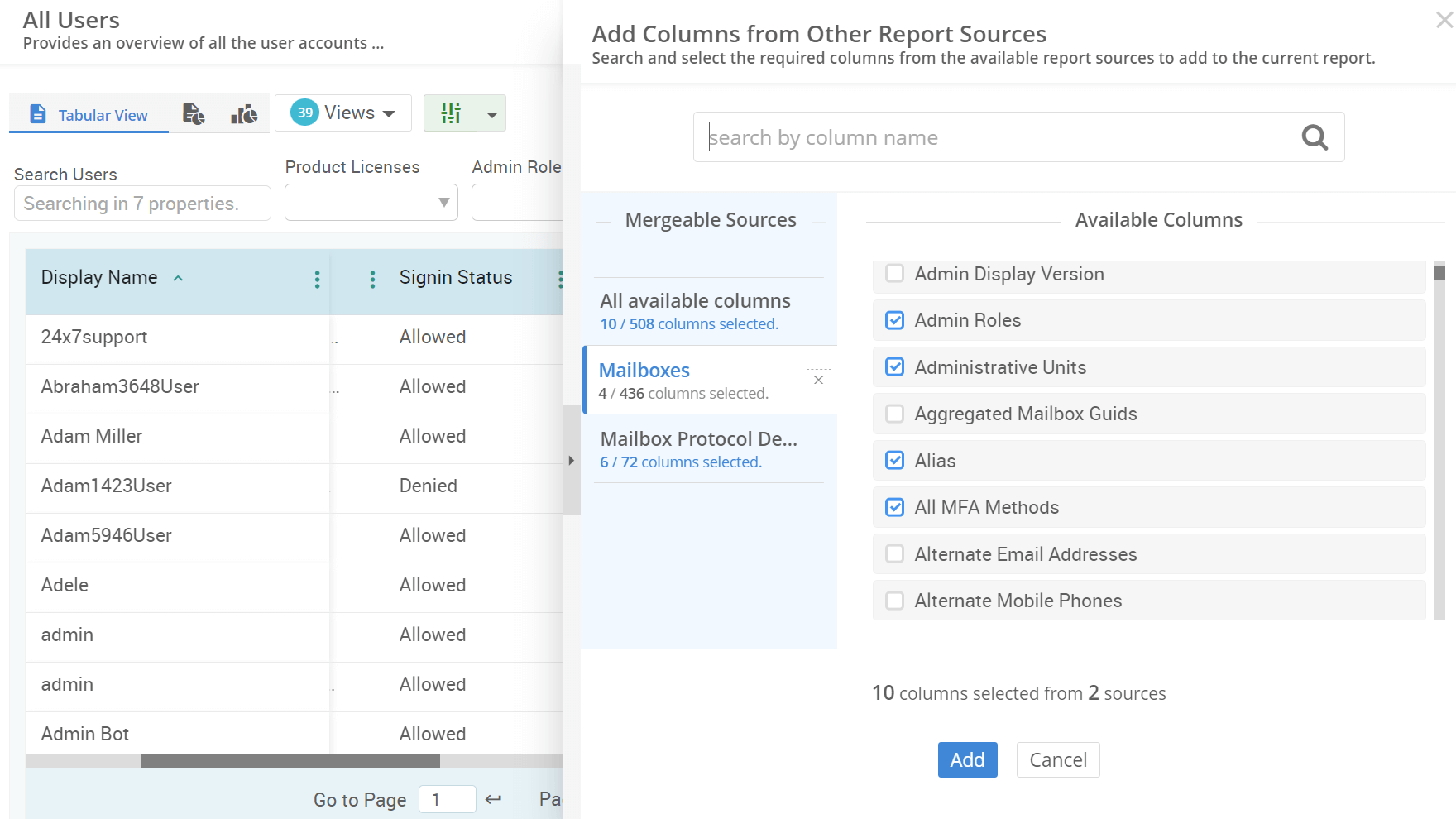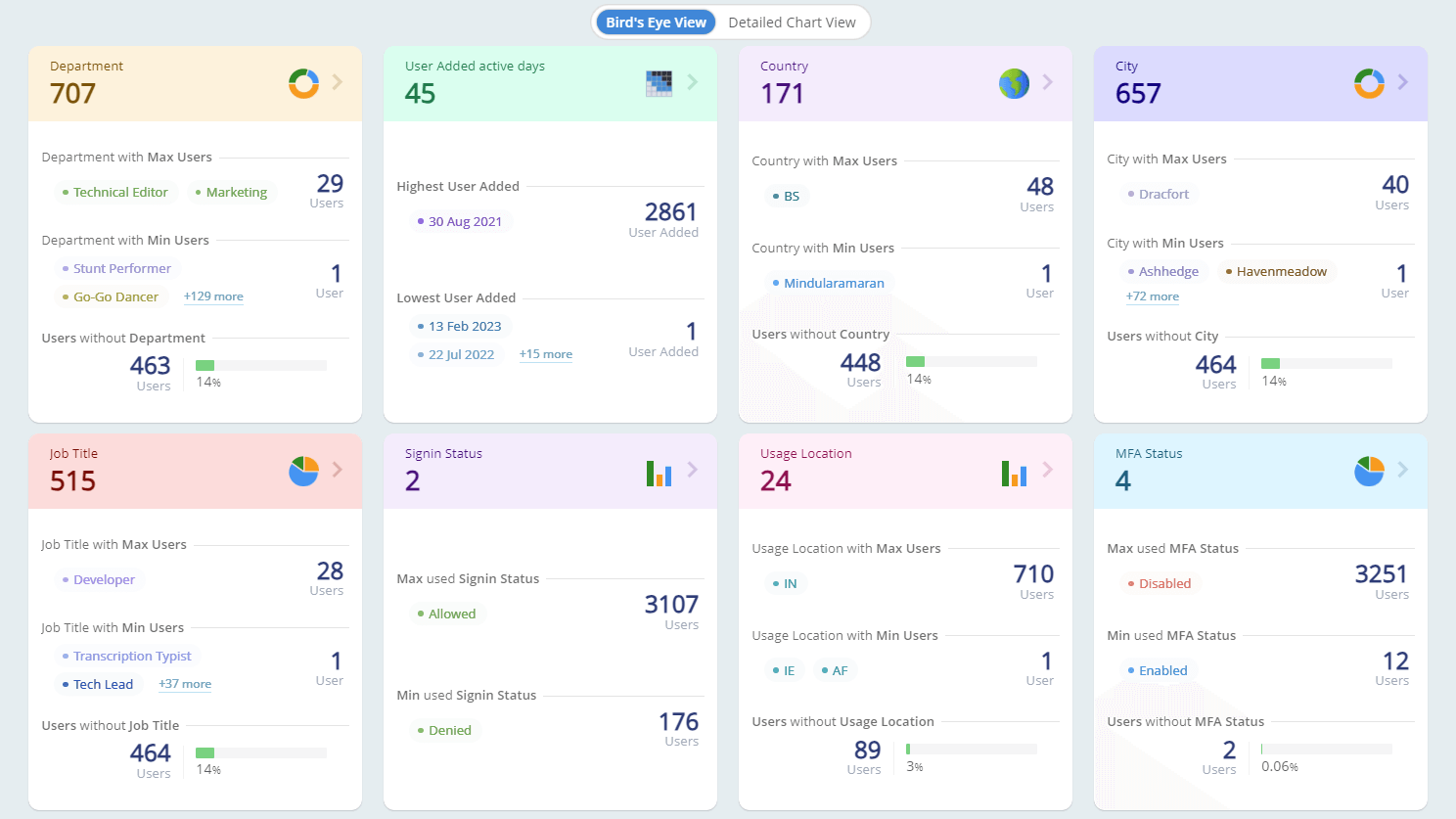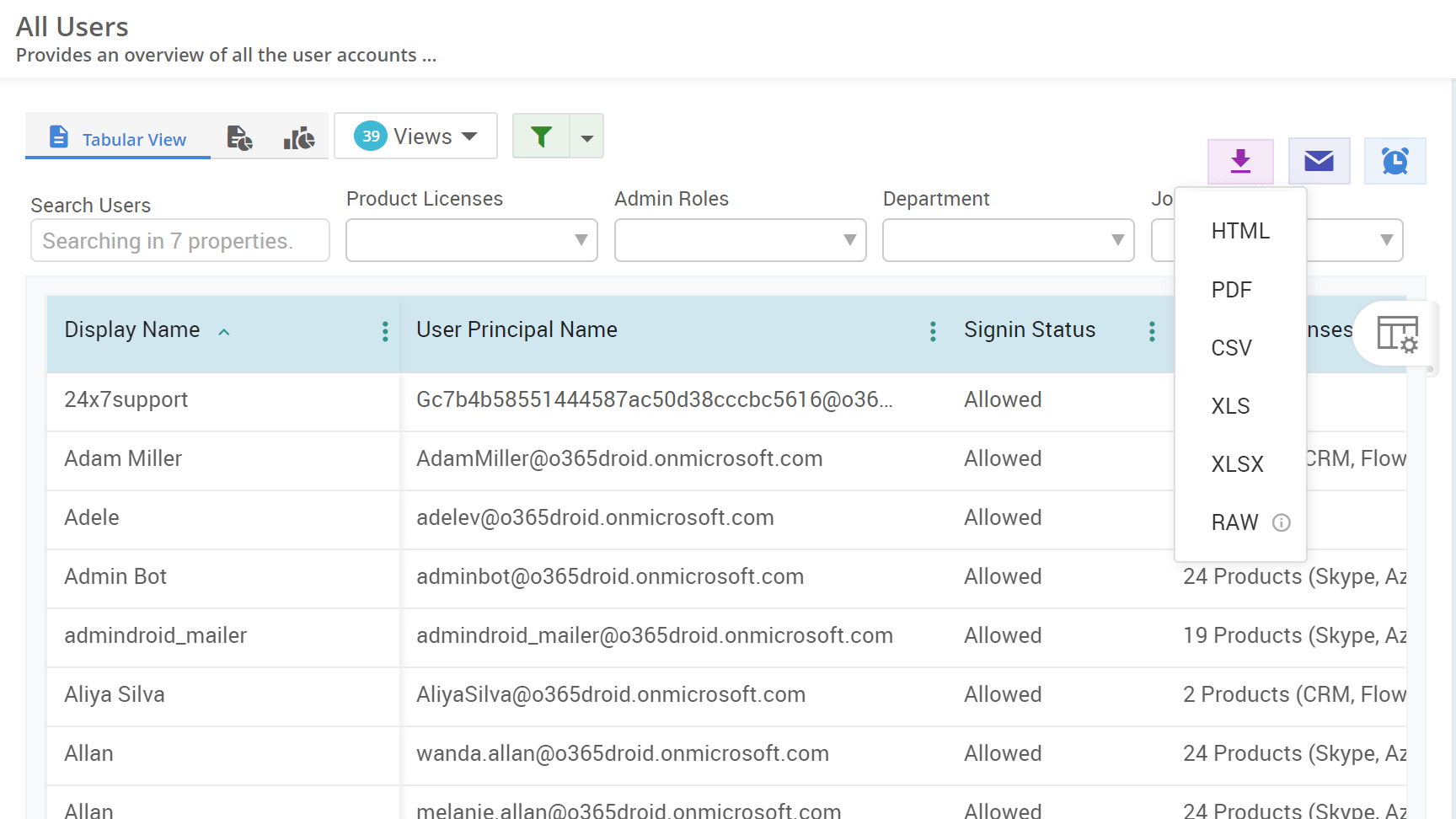How to Audit Sharing Settings in SharePoint Online
Have you examined who can access your organization's crucial files in Microsoft 365? What if unauthorized users could view, edit, or share sensitive information without your knowledge? In such cases, the risk of data leaks and security breaches becomes massive. This guide will walk you through the key steps to monitor sharing setting changes in SharePoint Online and provide valuable insights to manage them securely.







